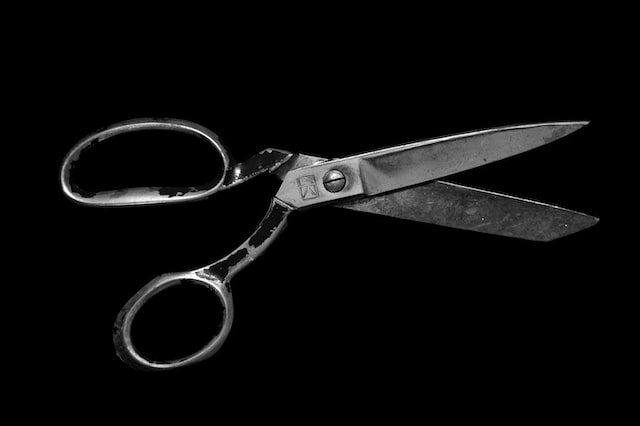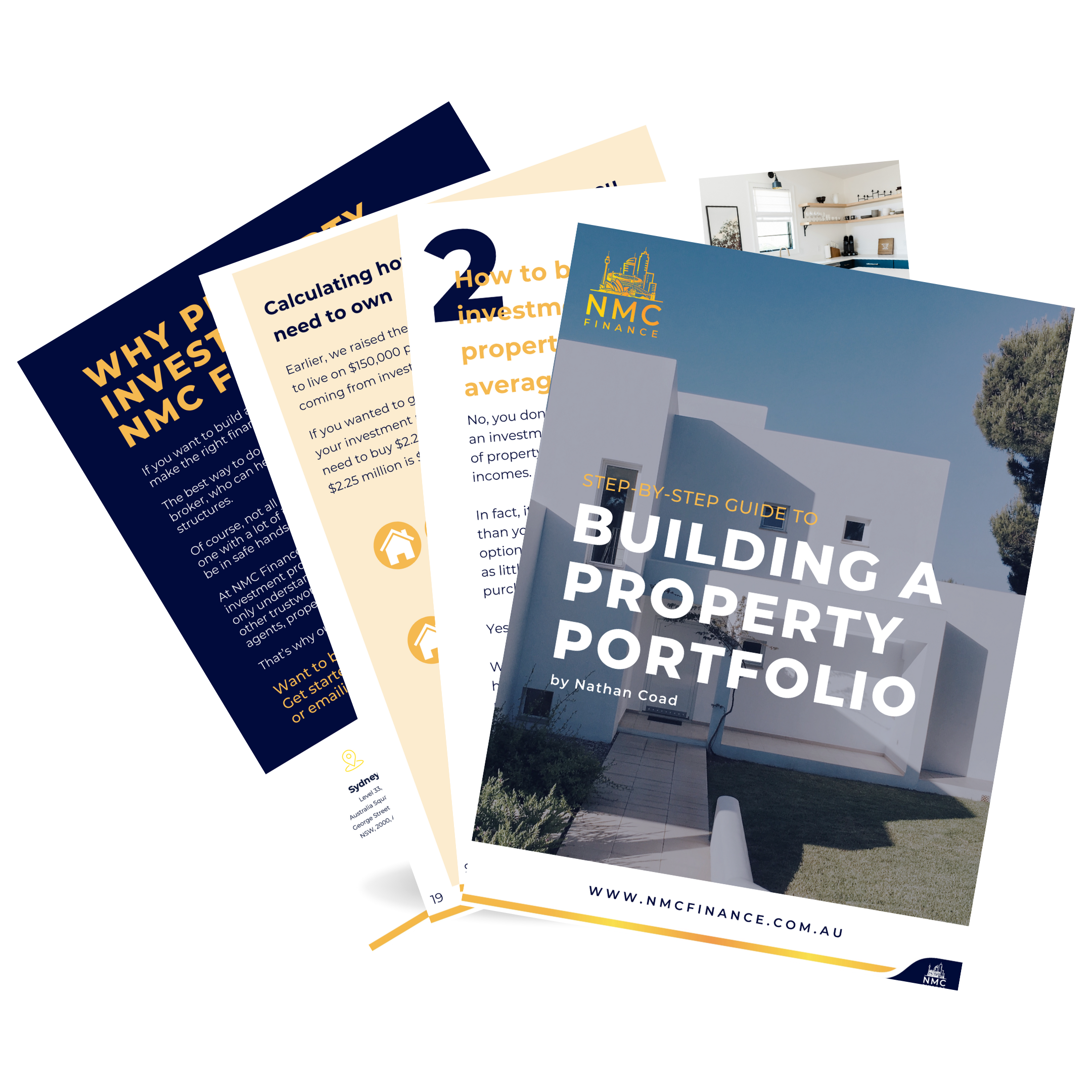It was a great help while it lasted. But Australian motorists are again paying full price at the bowser after the temporary cut to government fuel excise ended on 28 September.
As a result, we all have to pay an extra 25.3 cents per litre in tax, according to the ACCC. That doesn’t just impact motorists either, but small businesses as well, for two big reasons.
Firstly, higher prices at the pump mean anything transported by road gets more expensive, helping to drive Australia’s high annual inflation rate of 6.8% in August, according to the Australian Bureau of Statistics.
As a business owner, you either have to absorb these extra costs, which would impact your margins, or pass them onto consumers, which can be easier said than done.
Secondly, rising fuel costs will mean stretched consumers have less money spare, so they might cut back on their spending.
This is already happening, with new NAB research finding almost one in two Australians are altering their spending behaviour thanks to cost-of-living pressures.
How to protect your profits
While it’s inevitable that consumers will have to pay more for some products and services, raising your prices isn’t the only way of protecting your profits from rising fuel costs. You can also look for ways to reduce your expenses elsewhere.
Every dollar you save in overhead costs goes straight to your bottom line. What’s more, slashing your expenses can also improve your cash flow. Win-win.
However, there is more to cutting costs than indiscriminately taking the axe to your business’ different operating budgets. You first must distinguish between the ‘good’ and the ‘bad’ costs.
‘Good’ expenses versus ‘bad’ expenses
Generally, good expenses are those expenses like marketing that play an important role in making your business money or helping it grow. You don’t want to cut these expenses if you can help, as this often does more harm than good.
Bad costs, on the other hand, are often the result of inefficiencies or waste – so can be cut without harming your business. A good example of a bad cost is paying for a subscription you no longer use.
Five ways your business can cut costs
With this in mind, where should you look to trim the fat in your business? Here are some ideas:
- Look at your insurance to make sure you’ve got the right coverage at the lowest possible rate – a good finance broker can help with this
- Shop around for better deals on your utilities and other office supply costs
- Work with an expert accountant who can help you figure out ways to shrink your spending
- Review your business’ borrowing with an expert commercial finance broker to make sure you are on the best possible terms
- Refinance any uncompetitive business loans, commercial loans, or asset finance (if suitable)
Need a business loan or asset finance? NMC Finance is an experienced commercial finance broker and can help. Contact Nathan Coad on 0498 766 639 or nathan.coad@nmcfinance.com.au to find out more.
* This blog is intended for general informational purposes only. For personalised advice tailored to your unique financial situation, please contact NMC Finance.

